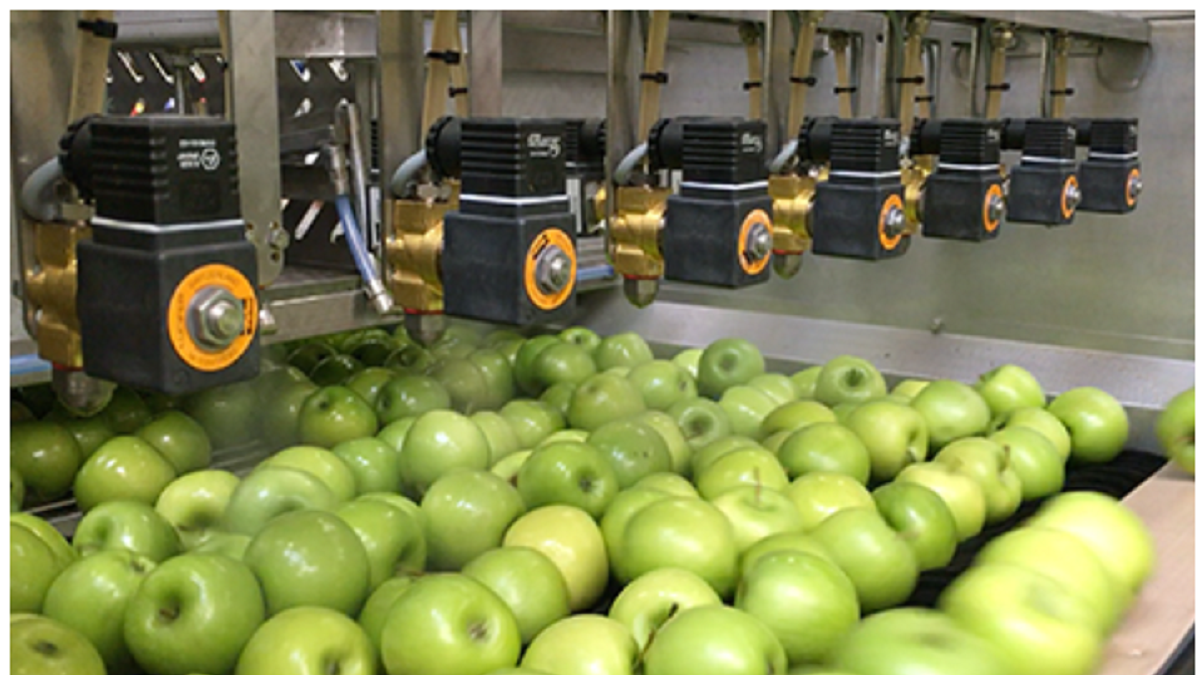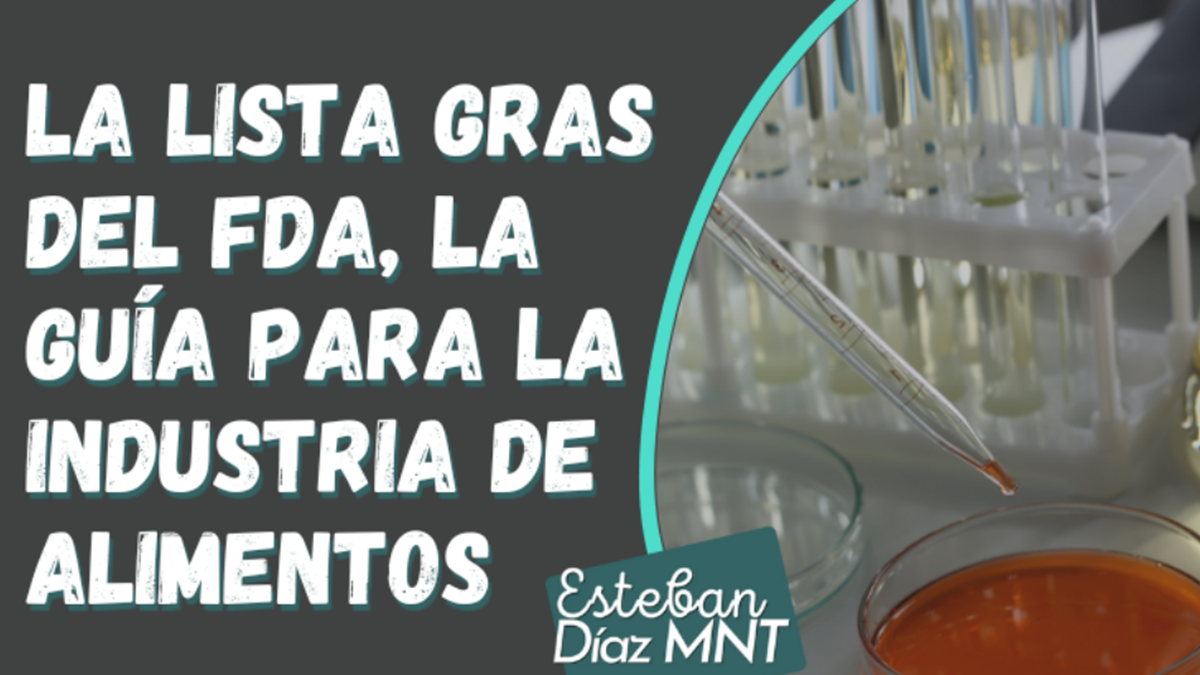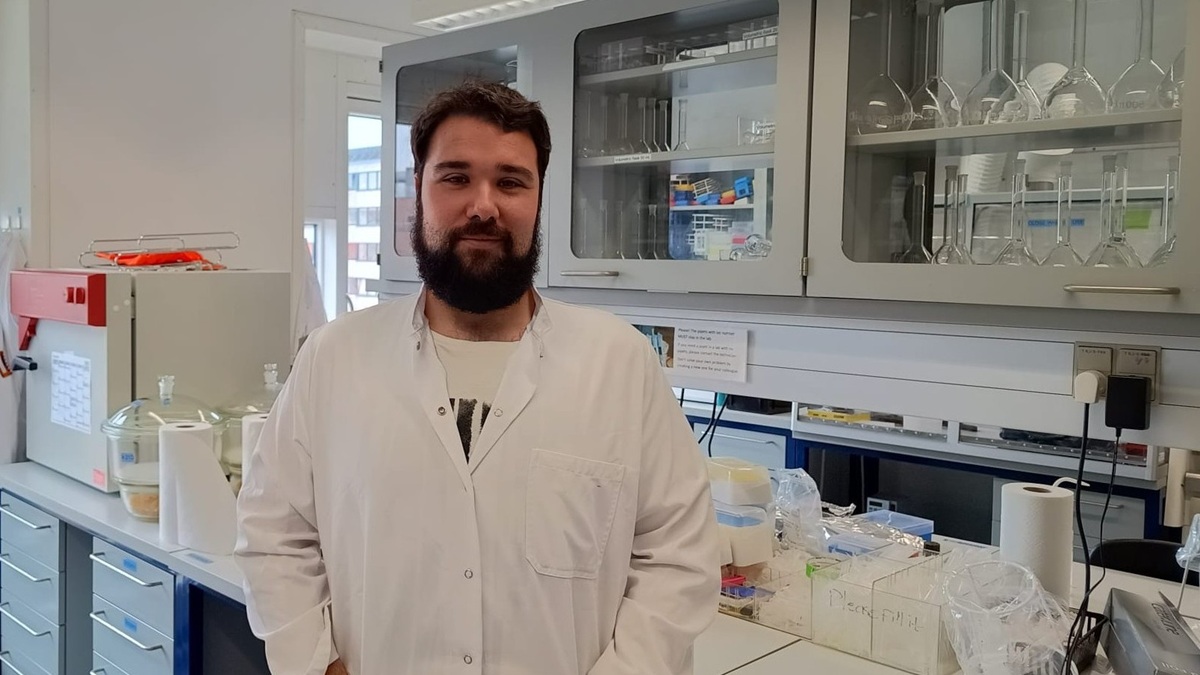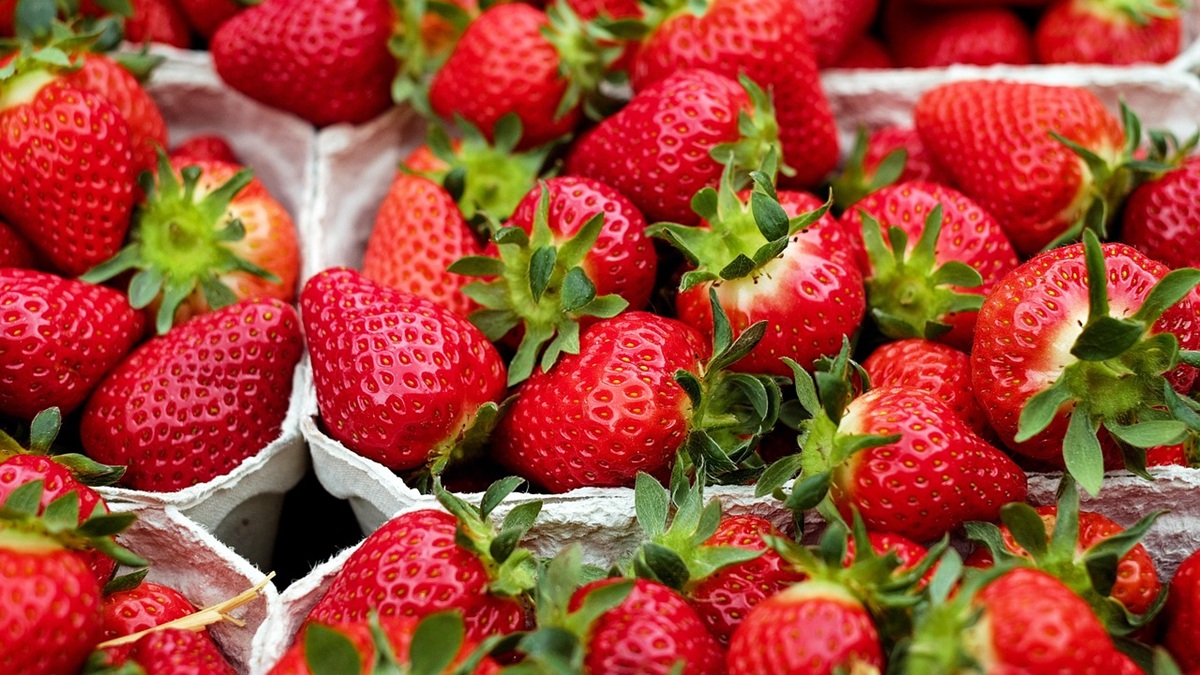Phytosanitaries
Characterization and mitigation of food safety risks associated with waxing roller brushes
Research seeks improved waxing roller brush cleaning

While roller brushes are important for applying waxes to fruit and vegetable surfaces, little data exists about their potential contribution to food safety risks. At the same time, the industry has found them difficult to clean and sanitize. To fill the knowledge gaps, Luxin Wang, Ph.D., with the University of California, Davis, is leading a study to examine the effects of wax residues on roller brush pathogen survival. The researchers also plan to optimize and validate commonly used brush cleaning and sanitizing products and techniques.
Ph.D Wang said:
“The goal is to provide information for the industry about when and what types of cleaners and cleaning methods will work better for their systems. We’ll also provide more findings for the industry to understand how wax bases and brush patterns and materials impact the cleaning and sanitizing efficacy.”
Joining her as co-investigator is Gang Sun, Ph.D., with UC Davis, who brings chemical engineering expertise.
Wang said they developed the study based on industry concerns that emerged during their previous CPS-funded project, "Waxing of whole produce and its involvement in and impact on microbial food safety."
Wang said:
“During our discussions with the packinghouse managers and other industry collaborators, we got to know that waxing roller brushes were one of their concerns. Once waxes solidified on the brushes, they were hard to remove. How do we better clean the roller brushes and how does it impact food safety?”
The current CPS-funded project, “Characterization and mitigation of food safety risks associated with waxing roller brushes,” focuses on Listeria monocytogenes and the surrogate Enterococcus faecium.
The first of three research objectives looked at how brush materials, brush patterns and the presence of wax affected pathogen attachment and behavior. For this, the researchers compared brush material made of 100% nylon to a 50-50 blend of horsehair and polyethylene. They also included tufted and spiral-patterned brushes.
After inoculating brush coupons with pathogens or the surrogate, the researchers dried them for one hour in a laboratory biosafety cabinet. Regardless of the brush pattern, populations of the surrogate declined significantly more on the nylon brush material than on the 50-50 material.
With the help of industry collaborators, Wang said they obtained swab samples from waxing roller brushes in three Central Valley packinghouses early in the season, mid-season, and late season. The collaborators collected samples before the brushes were cleaned and sanitized and afterward. This provided first-hand information about how current sanitizing and cleaning protocols work for commercial waxing roller brushes.
The third objective, led by Sun, will look at the physical and chemical properties of different waxes and how they interact with roller brushes made with different materials. The diameter of horse hair, for example, is much smaller than that of nylon brush fibers and the texture of the natural fibers is much rougher than the synthetics.
As part of the work, they’ll examine how wax residue also affects Lm survival on the roller brushes.
Wang said:
“Because of those details and the wax, horsehair has a higher affinity and tends to keep more wax."
Through laboratory experiments, the researchers plan to compare and optimize the efficacy of commonly used cleaning and sanitizing protocols. They will then validate those results at the UC Lindcove Research and Extension Center’s pilot packing plant.
The cover image corresponds to the Xeda Ibérica 'Biowaxer' fruit waxing machine.
About CPS
The Center for Produce Safety (CPS) is a 501(c)(3), U.S. tax-exempt, charitable organization focused exclusively on providing the produce industry and government with open access to the actionable information needed to continually enhance the safety of produce.











